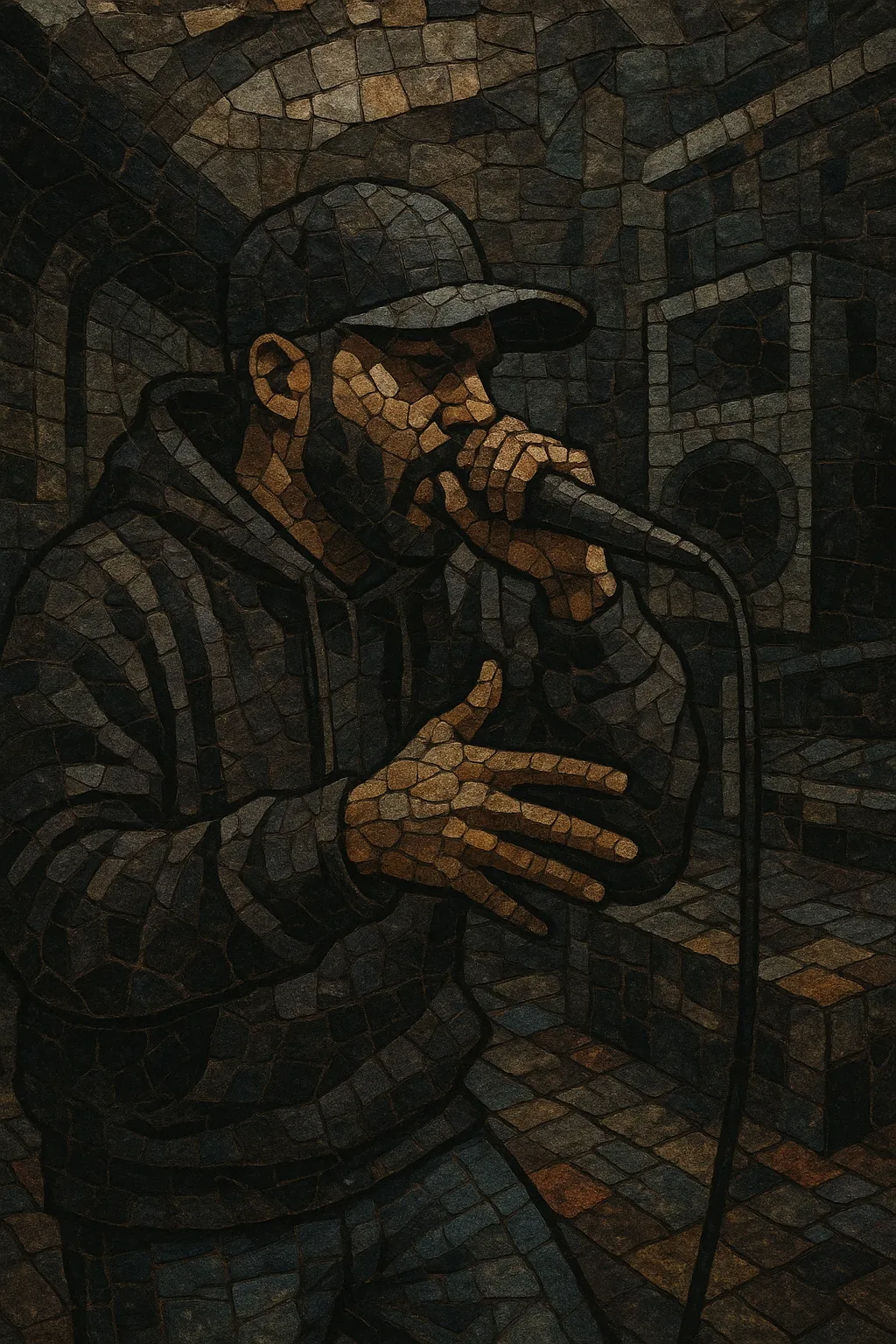
Underground hip hop is a loosely defined movement within hip hop culture that prioritizes artistic integrity, lyrical depth, and experimental or non-commercial production over mainstream trends. It is often associated with independent labels, DIY distribution, and regional scenes that cultivate distinctive aesthetics and voices.
Musically, underground hip hop favors sample-rich, boom-bap or off-kilter drum programming, gritty textures, and unconventional song structures. Lyrically, it emphasizes complex wordplay, social commentary, personal storytelling, and abstract or avant-garde imagery. Culturally, it values community, crate-digging, and innovation, maintaining a skeptical stance toward commercial pressures.
Underground hip hop emerged in the early-to-mid 1990s in the United States as a countercurrent to the increasing commercialization of rap. Rooted in the aesthetics of late 1980s and early 1990s boom-bap and conscious rap, artists gravitated toward independent labels, college radio, and small venues. Early hubs formed around New York’s indie scene (Company Flow and Rawkus-era peers), California’s backpack/Hieroglyphics movement, and the Bay Area/LA’s left-field producers, alongside Midwest collectives that foregrounded lyrical craft and experimental beats.
By the late 1990s and 2000s, indie labels such as Rawkus, Def Jux, Stones Throw, Rhymesayers, Quannum, Hieroglyphics Imperium, and Anticon provided fertile infrastructures for distribution and collaboration. The period introduced hallmark albums with dense lyricism, abstract flows, and sample-forward production, and it normalized the producer-as-artist model. Touring circuits, zines, and early web forums helped scenes cross-pollinate across the U.S. and into Europe and Japan.
The streaming era, Bandcamp, and social platforms further decentralized underground hip hop. Artists could self-release, reach niche audiences globally, and maintain creative control. Production aesthetics diversified—from dusty, jazz-inflected loops to experimental, drumless, and glitch-leaning approaches—while lyrical themes continued to prioritize introspection, social critique, and surreal imagery. The lineage also influenced adjacent movements like lo-fi beats and cloud rap in their DIY ethos and textural sensibilities.
Underground hip hop’s legacy lies in its emphasis on independence, community, and experimentation. It shaped audience expectations for lyrical density and producer-led albums, inspired global scenes to develop localized variants, and continues to provide a pathway for innovative artists outside the major-label system.
Start with boom-bap or swung drum patterns in the 80–95 BPM range (but feel free to go slower or off-grid for experimental cuts). Prioritize a strong kick–snare pocket and humanized hi-hats. Slight timing imperfections and swing add character.
Build instrumentals around sampled fragments of jazz, soul, funk, and library records, chopped and rearranged on samplers (e.g., SP-1200, MPC) or modern DAWs with similar workflows. Layer vinyl crackle, tape hiss, or subtle saturation for texture. Keep loudness conservative to preserve dynamics, letting drums punch and samples breathe.
Use looped modal or minor-key progressions to sustain mood. Sparse, evocative chords (e.g., 7ths, 9ths) work well. Consider melodic motifs from horns, vibraphone, or dusty keys, either sampled or replayed. Drones or ambient beds suit more abstract, drumless approaches.
Write dense, multisyllabic rhyme schemes with internal rhymes and vivid imagery. Alternate between narrative storytelling, social commentary, and abstract poetics. Experiment with cadences and bar lengths; hooks can be minimal, scratched, or omitted entirely. Record with intimate mic technique and minimal tuning to retain grit.
Structure tracks around evolving loops, drop-outs, and micro-variations rather than big pop-format shifts. Use DJ techniques—scratches, vocal chops, and interludes—for transitions. When performing, emphasize crowd connection and lyric clarity over elaborate backing tracks; small-room energy suits the style.

